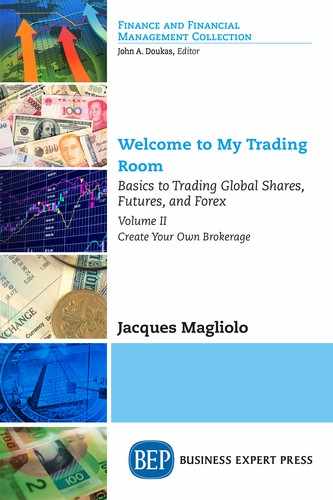Some years ago I was introduced to a wizened old man, craggy in every respect. He was dressed like a hobo and had arrived in a vehicle that had certainly seen better days.
“Meet Mr Peterson,” I was told. “You know, the trader I told you about.” My colleague added, reminding me that this was the man who had made $100 million as a day trader over a five year period. He had made this cash with little help from anyone and had focused completely on day trading the Asian markets.
He shook my hand and said: “So you’re the genius who wants to know about international markets?” I noted his sarcasm, but nodded anyway.
A grin moved across his face.
• “Let me start by scaring you to death.”
• Over the last 100 years there have been 29 major stock market corrections, with declines averaging 31.6 percent. That is an average market correction every 3.5 years.
• There were 10 in which the declines averaged 49.4 percent.
• In those, investors lost 50 percent of their invested assets.
“Yes,” I said, “certainly scary.”
Mr Peterson frowned: “Will the next bull market convince you that—this time—it will be different? Are you immune to the next crash?”
The statistics got me thinking. If the average correction is 31 percent and it happens every 3.5 years, then you better make significantly more during the bullish cycle; if you are to survive as a day trader. The record-breaking bull market of the late 2000s certainly had that effect on many investors, who lost most of their gains when the financial crises of 2008 hit world markets.
The reality is that even long-term investors lose their money if they are not astute enough to sell when the market has reached its three year height. In fact the figure stands at a shocking 80 percent, which means that the old market adage of “beware of greed” continues to play havoc with investors’ wealth.
What makes Mr Peterson and other the global traders different from long-term traders?
The global trader diversifies across securities, both locally and worldwide; including foreign bonds, emerging markets, futures, commodities, and all types of newly developed instruments and securities. However, if you really want to become an international trader, you have to be sufficiently informed to understand risk to reward matrices and devote enough of your time to study both fundamental and technical strategies. In this volume, the aim is to help you to discover a private trading methodology which fits your personal preferences and ideologies, while setting out crucial and essential strategic tools for you to succeed in a volatile and hostile global trading environment.
Again, Mr Peterson asks the obvious: “Why do you want to take up day trading? Do you think that you are prepared? Do you have strong work ethics and discipline?”
I looked at this successful trader and the words of so many failed traders filtered through my subconscious.
“Is it is absolutely necessary to have only one trading strategy in place? Can’t you trade as you please?”
“Do you really need to hedge your trading positions?”
“Why must I understand forex to trade forex?”
I shook those thoughts away and listened Peterson. He was reiterating that day trading requires absolute discipline.
He said: “The two obvious and much talked about market emotions of greed and fear can quickly control your every waking moment and—if you allow it to—you will surely fail.” Then he smiled and added: “Do you know that there is another emotion which is hardly ever spoken about, but which is especially pertinent to the global trader?”
Despite my many years in stockbroking I had to admit that I didn’t really know what he was speaking about.
“Remember that trading too much is detrimental to your financial health if you are driven by greed or fear. Yet, worse than greed or fear, is trading on chance—or hope—of making money.”
Hope, he said, will annihilate every chance you ever have to succeed as an international day trader!
I spent many more hours with Peterson and his final advice was as follows.
• Always trade with a long-term view.
• This enables you to take advantage of short-term market anomalies.
• Have various global account and trading platforms. These are discussed in this book.
• Be disciplined.
• Apply your own strategies and believe in them.
It might be trite to start this volume by pointing out common mistakes made by the majority of new traders, but my intention is as a forewarning: without discipline you will repeatedly make the same mistakes until you are permanently driven out of the market.
However, if you follow your own established trading rules as created in a well-thought-out trading plan, then the following should not apply to you.
• Trading without a fundamental and technical basis.
• Trading without stops losses.
• No discipline leads to erratic trading.
• Continuously attempting to pick the market bottom or selling at perceived (guessed) market highs.
• Allowing losing positions to ride too long.
• Trading too often.
